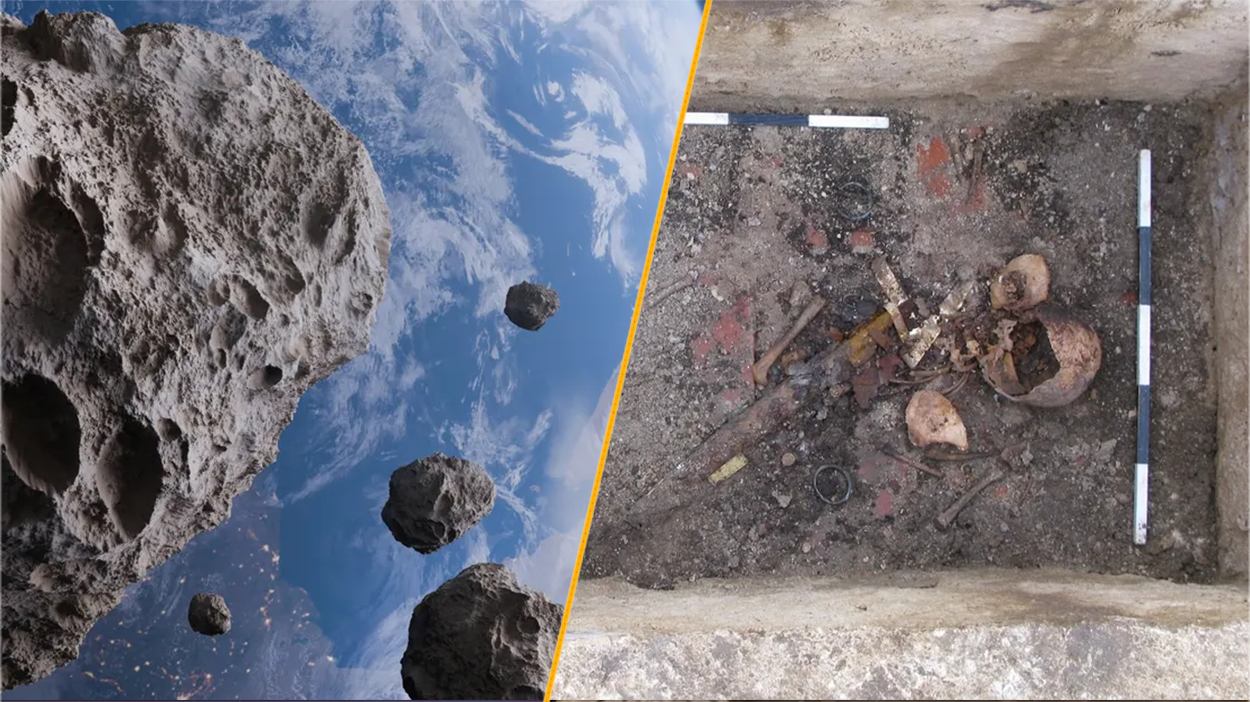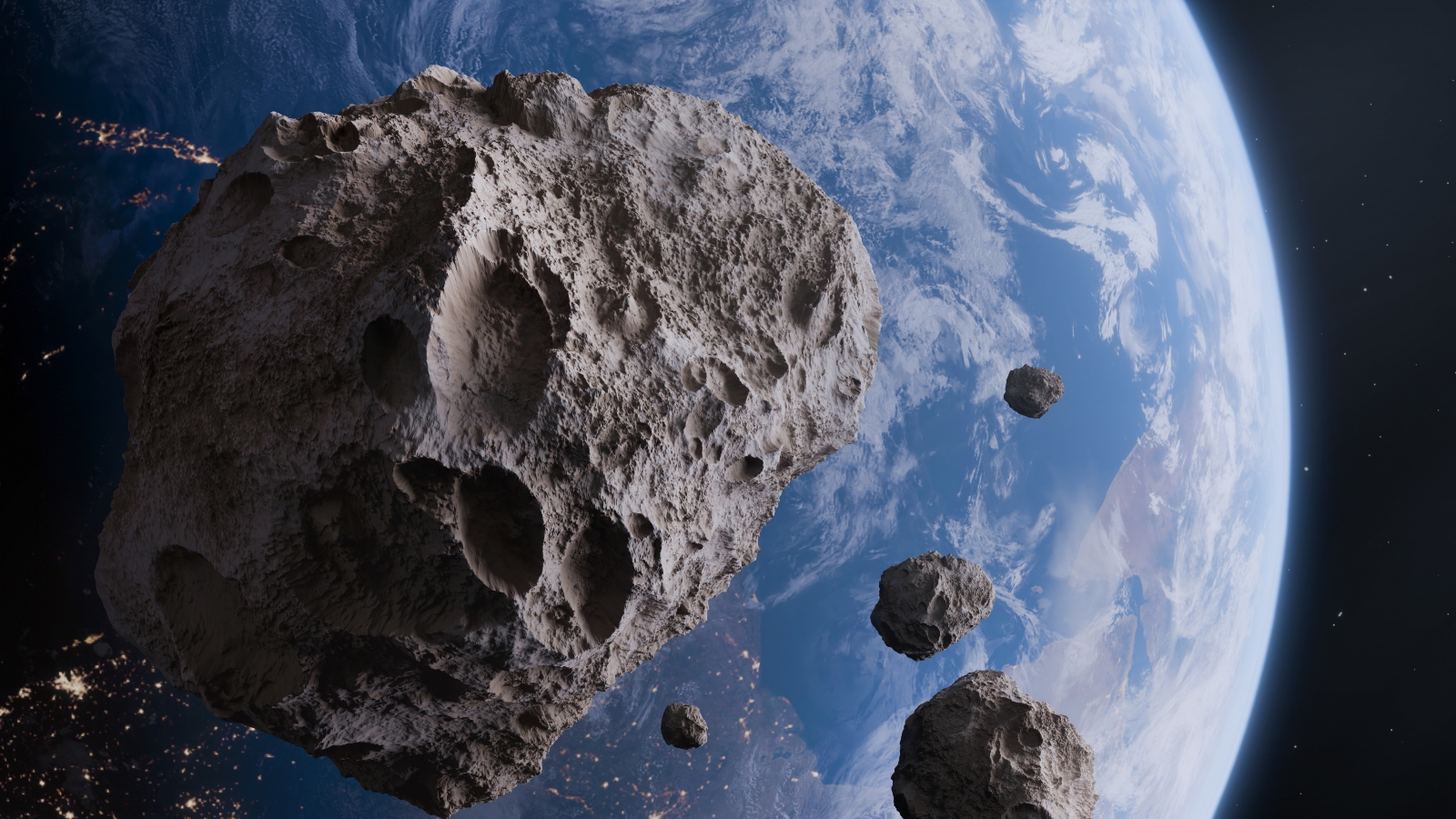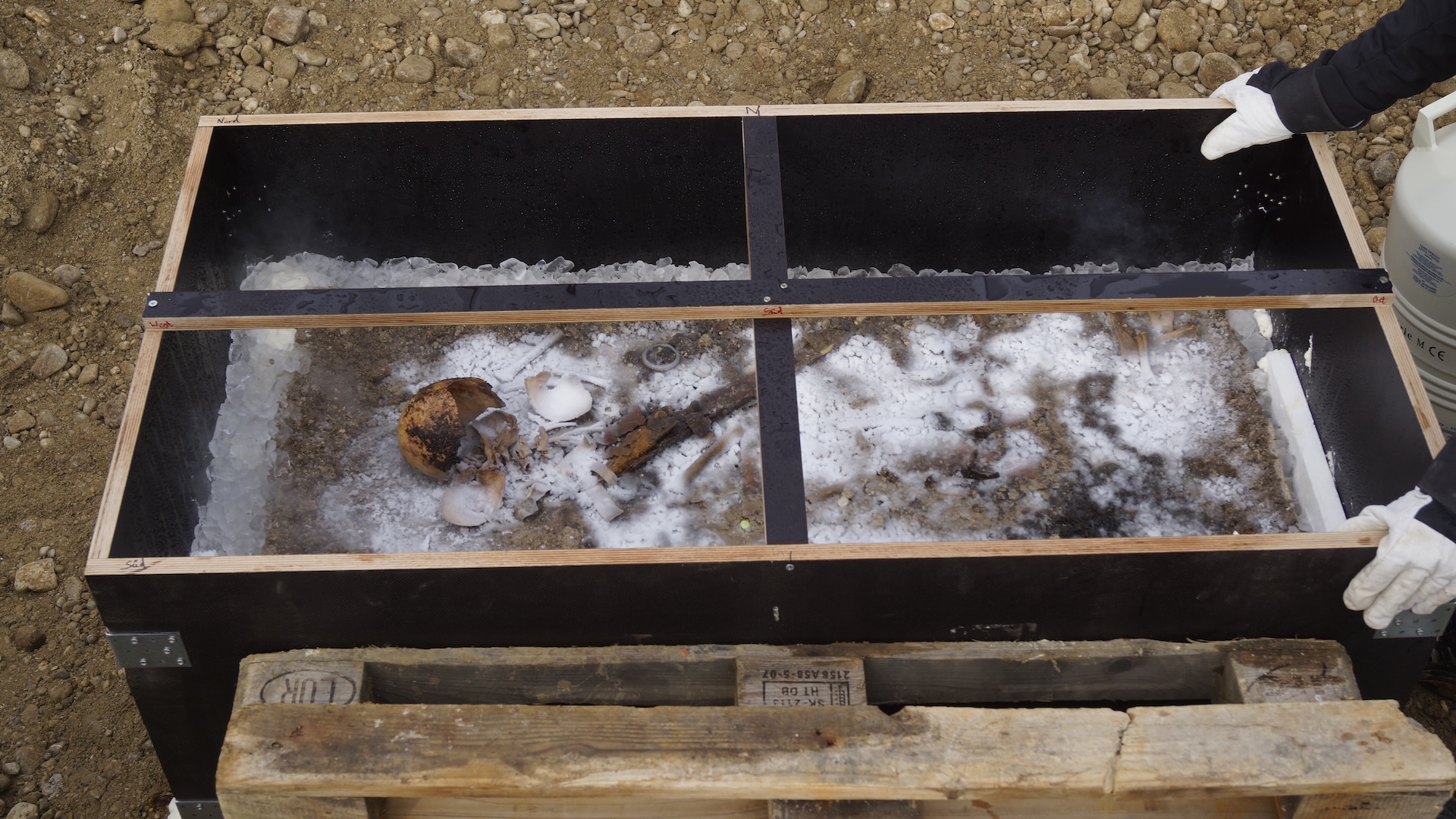Science news this week: 'City-killer' asteroid swarms and a buried toddler 'Ice Prince'
June 7, 2025: Our weekly roundup of the latest science in the news, as well as a few fascinating articles to keep you entertained over the weekend.

This week's science news started off with a bang as Europe's largest active volcano erupted Monday morning (June 2), spewing ash and black smoke around 21,300 feet (6,500 meters) into the air and sending tourists scrambling.
Italy's Mount Etna towers over nearby Catania, whose metro area is home to more than 1 million people, and officials have warned those nearest the eruption that gas and smog from the eruption can cause respiratory problems and other health issues.
And speaking of explosions, a very public feud erupted between Elon Musk and President Trump on Thursday afternoon (June 5). The social media spat culminated in Musk threatening to decommission SpaceX's Dragon spacecraft "immediately," raising concerns over the future of America's space industry.
"City-killer" asteroid swarms
An 'invisible threat': Swarm of hidden 'city killer' asteroids around Venus could one day collide with Earth, simulations show

A hidden swarm of large space rocks around Venus could pose a threat to our planet one day, new research suggests. All 20 "city-killer" asteroids are thought to be wider than 460 feet (140 m), meaning they could wipe out a heavily populated area if they were to impact our planet.
These asteroids currently pose no threat to Earth. However, if they get too close to Earth's gravitational field, that could potentially set them on a collision course with our planet.
Discover more space news
—Ginormous planet discovered around tiny red star challenges our understanding of solar systems
Get the world’s most fascinating discoveries delivered straight to your inbox.
—Long, dark 'streaks' spotted on Mars aren't what scientists thought
Life's little mysteries
What's the difference between a leopard and a jaguar?

Leopards and jaguars are hard to distinguish at first glance: Both are large predators with similar builds and black and tan spots.
Although similar in appearance, leopards and jaguars separated from their common ancestor between 3.6 million and 2.5 million years ago and live on opposite sides of the globe. So how can you tell them apart?
Toddler 'Ice Prince'
Blue-eyed 'Ice Prince' toddler was buried with a sword and a piglet 1,350 years ago in Bavaria

Archaeologists have uncovered the 1,350-year-old remains of an 18-month-old toddler with bright-blue eyes. The youngster was buried with rare riches, including a small sword, silk clothes, a gold cross and a piglet.
The child, who is thought to have died between A.D. 670 and 680, was dubbed the "Ice Prince" because the archaeologists who found the remains froze the burial chamber to excavate its contents in a single block.
An analysis revealed the boy had died from a "chronic infection" in his middle ear, and the lavish treasures surrounding his body suggest he was from a wealthy and important family.
Discover more archaeology news
—Ancient DNA reveals mysterious Indigenous group from Colombia that disappeared 2,000 years ago
—Braided gold Viking arm ring discovered by amateur metal detectorist on Isle of Man
Also in science news this week
—Mysterious 'mega-tsunamis' that shook the entire world for 9 days revealed by satellite
—College student discovers psychedelic fungus that eluded LSD inventor
Beyond the headlines
NASA plans to build a giant radio telescope on the 'dark side' of the moon. Here's why.

Scientists at NASA are developing plans to build a giant radio telescope in an enormous crater on the far side of the moon.
The $2 billion project aims to help unravel some of the universe's biggest mysteries, but it could also act as a backup telescope in case leaking radiation from private satellite "megaconstellations" becomes too disruptive for radio instruments here on Earth.
The proposed telescope would be built entirely by robots in a 0.8-mile-wide (1.3 km) depression in the moon's Northern hemisphere, although NASA are keeping its exact location under wraps.
If approved, the Lunar Crater Radio Telescope could be constructed as early as the 2030s — but it won't actually be the first ever radio telescope on the moon.
Something for the weekend
If you're looking for something a little longer to read over the weekend, here are some of the best long reads, book excerpts and interviews published this week.
—10 weird and wonderful things to look at under a microscope (Countdown)
—Can adults grow new brain cells? (Query)
And something for the skywatchers.
'Strawberry Moon' 2025: June's full moon is about to break an annual record
Science in motion
Australian 'trash parrots' have now developed a local 'drinking tradition'
Wild cockatoos in Western Sydney have learned a clever trick to access water from public drinking fountains. The twist-handle faucets are no easy feat to turn on, requiring fine motor skills in a coordinated sequence of actions — not something a bird would stumble across by accident.
The birds use both of their feet to manipulate the twist handle, then lower their body weight to turn it clockwise and keep it from springing back.
The cockatoos have become such fans of the fountains that they will even wait in line to have a drink, in what researchers believe now qualifies as a new local tradition.
Follow Live Science on social media
Want more science news? Follow our Live Science WhatsApp Channel for the latest discoveries as they happen. It's the best way to get our expert reporting on the go, but if you don't use WhatsApp, we're also on Facebook, X (formerly Twitter), Flipboard, Instagram, TikTok, Bluesky and LinkedIn.

Pandora is the trending news editor at Live Science. She is also a science presenter and previously worked as Senior Science and Health Reporter at Newsweek. Pandora holds a Biological Sciences degree from the University of Oxford, where she specialised in biochemistry and molecular biology.
You must confirm your public display name before commenting
Please logout and then login again, you will then be prompted to enter your display name.


